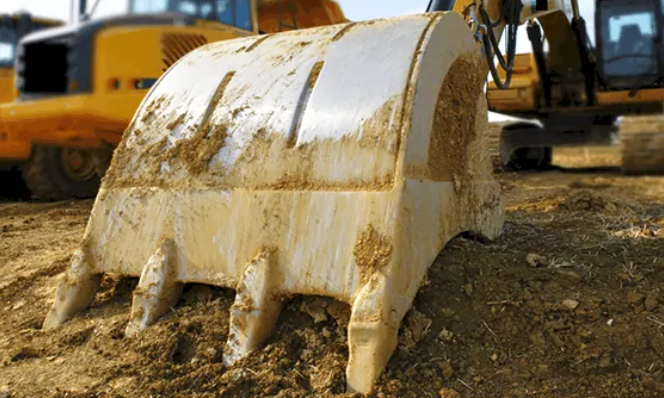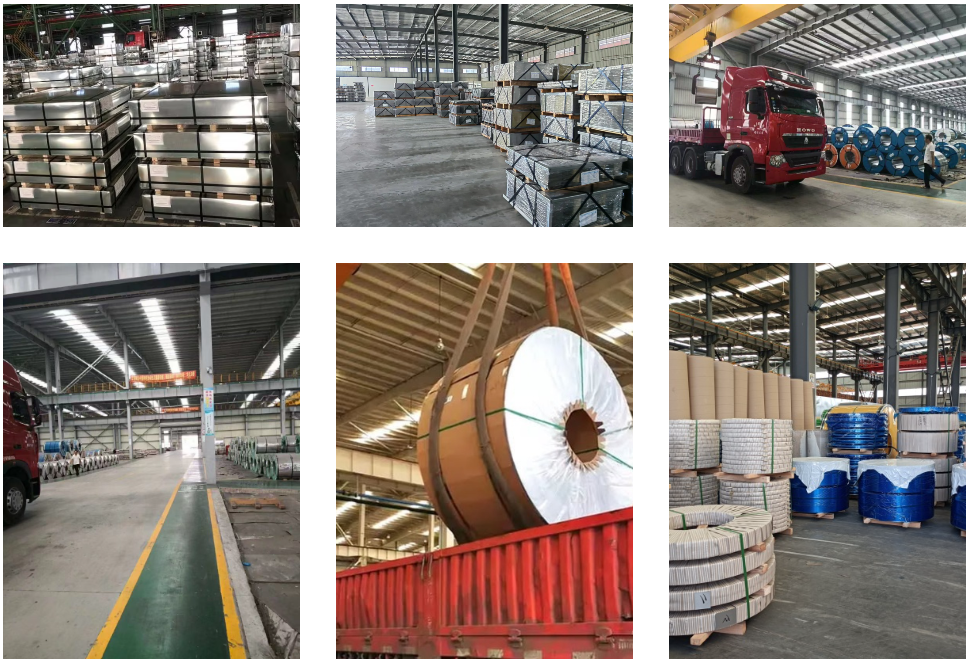4140 Steel Technical Guide: Properties, Composition and Equivalents
1476Detailed 4140 steel technical information including chemical composition, mechanical properties, equivalent standards, machining, and welding guidelines.
View detailsSearch the whole station
In demanding industries such as mining, construction, and energy, impact resistant steel plays a vital role in safety and performance. Choosing the right impact resistant steel grades ensures toughness against shocks, wear, and low-temperature failure. By understanding steel impact resistance, engineers can select the most reliable plates and tool steels for bridges, pipelines, and heavy equipment.
In this guide, we break down the most widely used impact resistant steel plate and tool steel grades, explain the science behind the impact resistance of steel, and help you choose between structural steel, tool steel, and other impact resistant materials for high-stress applications such as pipelines, bridge decks, forging dies, or arctic tanks.

Impact resistant steel refers to a category of high-strength steels specifically designed to absorb energy during sudden force or deformation without fracturing. These steels typically feature enhanced toughness, ductility, and hardness, making them capable of resisting cracks, dents, and catastrophic failure.
Unlike standard carbon steels, impact-resistant grades are often tested using Charpy V-Notch impact testing, which measures their ability to absorb energy at various temperatures, including as low as -20°C or even -50°C.
Choosing high impact resistant steel is essential when components face:
In these scenarios, conventional steel might deform or fracture, leading to expensive downtime or even catastrophic failure.
The impact resistance of steel is its ability to withstand sudden energy without cracking or fracturing. This is especially critical in cold climates, dynamic loading scenarios, or tooling under repeated shock.
Key parameters include:
| Property | Description |
|---|---|
| Charpy V-Notch Impact Energy | Measured in Joules (J) at low temperatures like -20°C or -40°C |
| Fracture Toughness | Resistance to crack growth |
| Ductility & Grain Structure | Finer grains improve strength and impact absorption |
High steel impact strength ensures that failures occur gradually (if at all), rather than catastrophically — which is critical in safety-sensitive structures like offshore platforms or lifting beams.
Here are several recognized impact resistant steel grades, including both structural and tooling applications:
Several structural steel grades are known for their high impact toughness:
👉 Already working with wear-intensive equipment? Explore our NM400 NM500 series for balanced abrasion and impact resistance.
Tool steels are designed not only for strength and hardness but also for the ability to resist repeated striking and pressure. Notable types include:
👉 For specialized tooling under repetitive shock, visit our 5CrW2MoSiV impact tool steel page for technical details.
High impact resistant steel plates are designed for the most demanding conditions — from sub-zero pipelines to construction equipment exposed to constant shock.
Top structural grades include:
These steels are essential for industries where impact resistance of steel directly translates into safety, longevity, and reduced downtime.
| Property | Standard Carbon Steel | Impact Resistant Steel |
| Charpy Impact Energy | Moderate (15–27J) | High (≥ 40J at -20°C or below) |
| Toughness | Moderate | High |
| Crack Propagation | Easier | Slower, controlled |
| Temperature Resistance | Limited in cold climates | Stable at -20°C to -60°C |
| Common Applications | General construction | Tooling, mining, Arctic piping |
In bridge supports, structural beams, and offshore installations, impact resistant steel plates deliver high steel impact resistance, enduring dynamic forces such as wind loads, vibrations, and heavy traffic. By selecting proper impact resistant steel grades, engineers improve safety and extend service life.
Pipeline components and pressure vessels must survive both low temperatures and internal pressure surges, especially in arctic environments. High-impact steel is often used for:
Tool steel like 5CrW2MoSiV offers enhanced impact fatigue resistance, making it ideal for forging dies, extrusion tools, and cold heading dies that take thousands of cycles under intense load.
Buckets, blade edges, dump truck liners, and hoppers require steel that resists both impact and abrasion. Here, NM500 plates provide long wear life while preventing sudden cracking.
As a global impact steel supplier, CJM Steel Group provides high-toughness structural and tool steel grades sourced from certified manufacturers. We help clients balance mechanical requirements, material costs, and international standards across diverse sectors.
The selection depends on several key factors:
Additional high-impact grades & use cases:
Impact resistant steel is commonly used in mining equipment, bridge supports, tooling dies, and arctic pipelines—applications where durability under sudden or repeated shock is essential.
Impact resistance is often measured by the Charpy V-Notch test, which quantifies the energy a steel sample can absorb before fracture, especially at low temperatures such as -20°C.
Grades like A709, NM500, and tool steels such as S7 or 5CrW2MoSiV are known for their excellent toughness and impact resistance in structural and tooling applications.
Popular impact resistant steel grades include NM500, ASTM A709, A516 Grade 70, and tool steels like S7 and H13.
Tool steels are designed with higher hardness and toughness, making them suitable for molds and dies under repetitive shock. Structural steels prioritize steel impact resistance in large-scale applications such as bridges and pipelines.
We help clients in mining, mold-making, infrastructure, and pressure vessel manufacturing choose the right impact resistant steel grades for their performance and budget needs.
📌 View our impact resistant plate range →
💡 Contact CJM Steel Group today for a technical consultation or quotation
WhatsApp: +86 181 9190 6640
Email: info@cjmstainlesssteel.com
Selecting the right impact resistant steel isn’t just about strength — it’s about real-world performance under shock, low temperatures, and heavy loads. Working with the right steel grades ensures safety, longevity, and cost-effectiveness.
CJM Steel Group offers a global supply of certified impact resistant steel grades for Arctic structures, heavy machinery, and high-precision tooling, with fast delivery and professional technical support.

Detailed 4140 steel technical information including chemical composition, mechanical properties, equivalent standards, machining, and welding guidelines.
View detailsDiscover the types, patterns, sizes and materials of checkered steel plates used in construction, walkways, and industrial flooring. Complete guide for you!
View detailsExplore ASTM A709 steel plate grades including 50, 50W, and HPS 70W. Learn about their strength, weathering resistance & uses for modern infrastructure.
View detailsCarbon steel wire is a widely used material in various industries due to its strength, durability, and cost-effectiveness. It is commonly found in applications ranging from automotive to construction, offering an excellent balance of performance a...
View details
HelloPlease log in